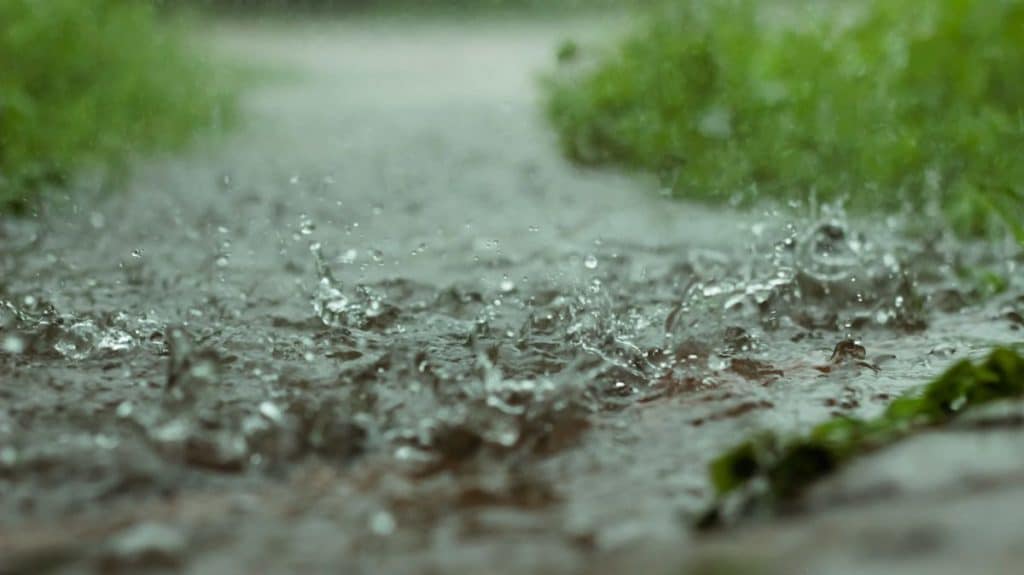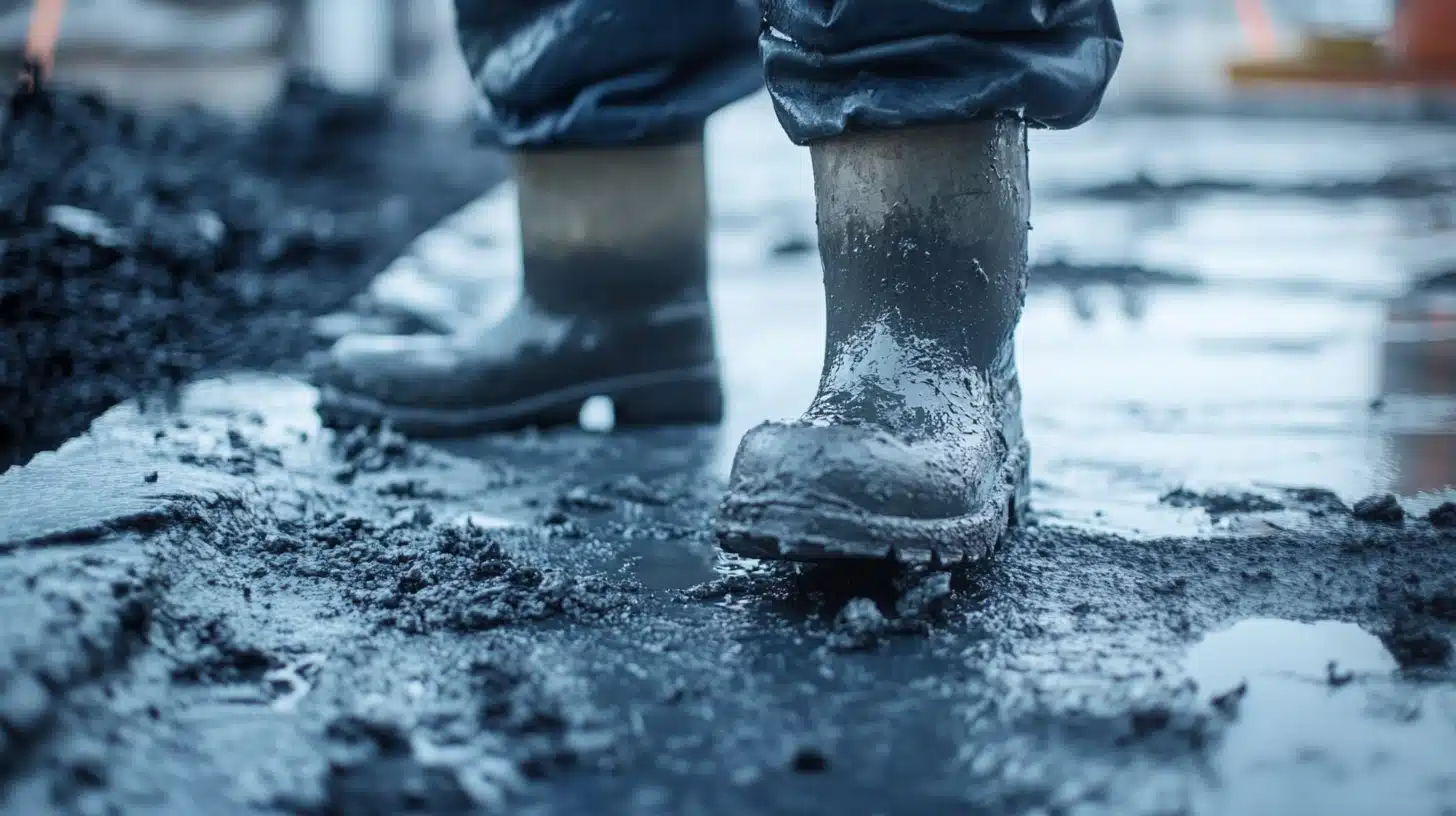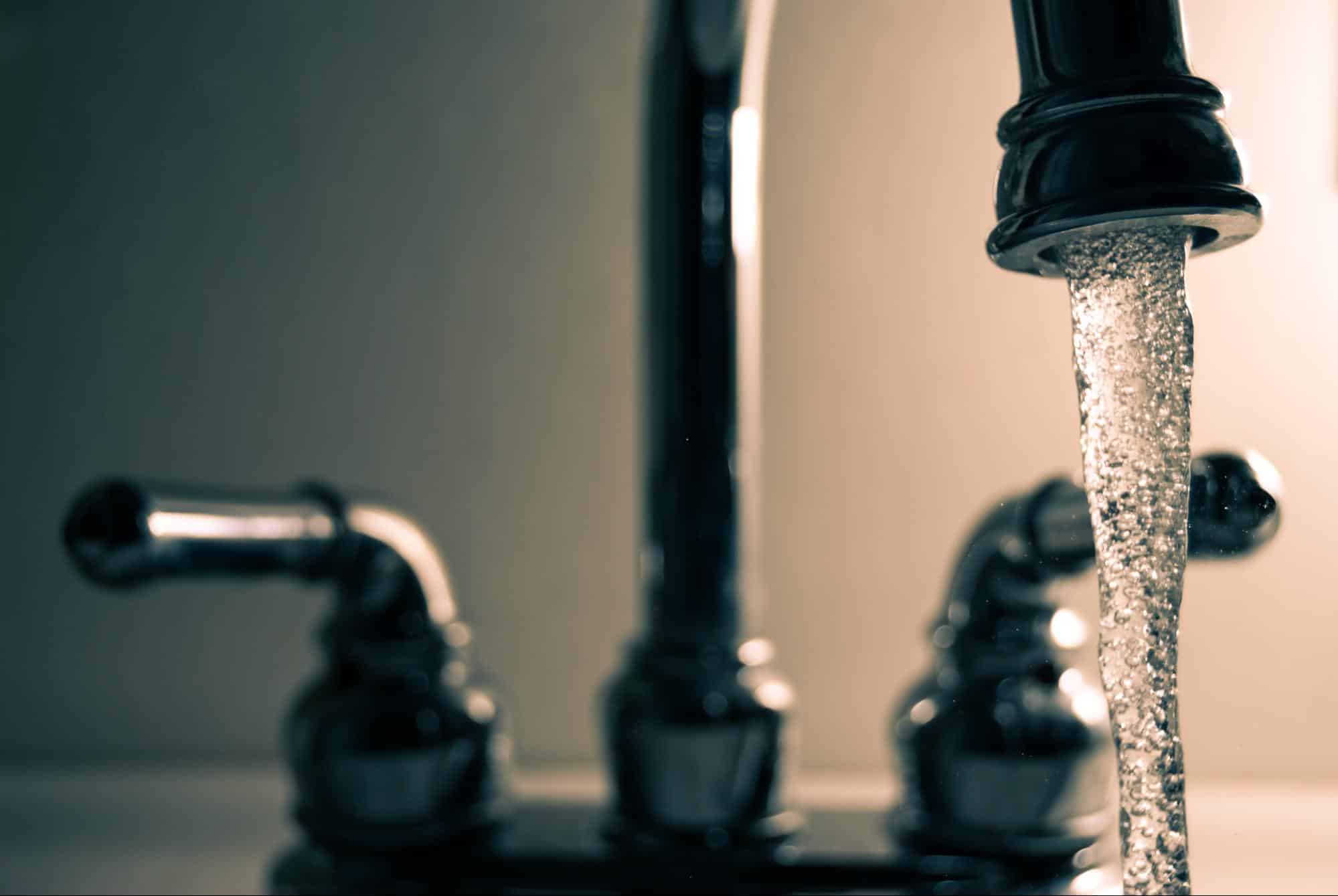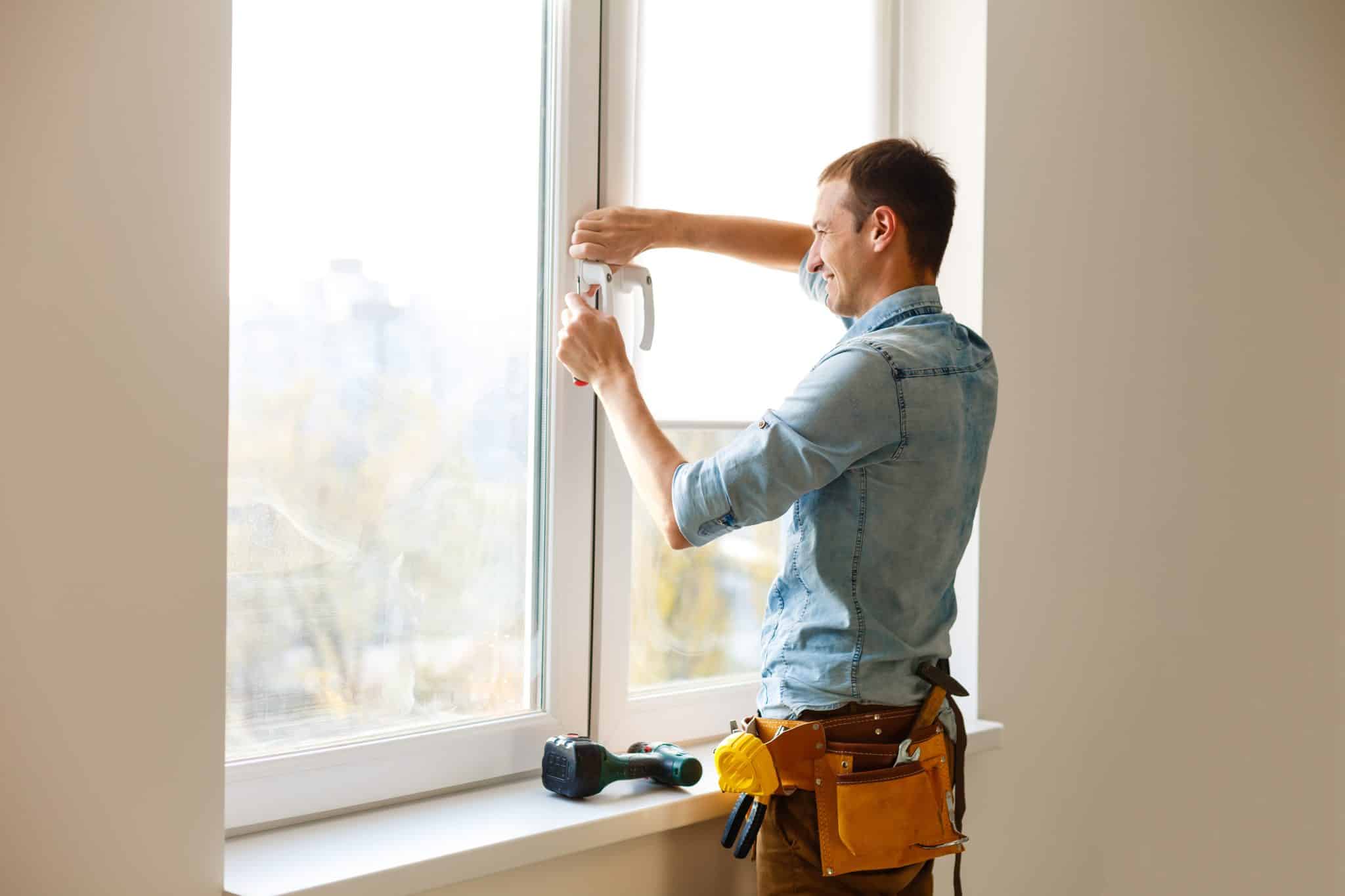Common Sealing Challenges and How to Overcome Them
Suddenly, the basement floods. Without any visible reason, moisture begins to gather in the corners, and before long, the damage is done. Many homeowners don’t realize that their own walls can allow water to seep in unnoticed. Quick action is crucial in these situations because even the smallest cracks or leaks can lead to significant damage.
The solution? Professional sealing. Let’s explore the most common sealing challenges and how to effectively address them.
Myth: Water only Penetrates During Heavy Rainfall

A misconception that can be costly: My property has no water damage because it rarely rains in my area. In fact, broken pipes, leaking foundations and clogged drains are among the most common causes of water intrusion in homes. In the US, around 20% of all insurance claims are due to water damage, resulting in approximately $13 billion in settlement costs annually.
As any waterproofing company will tell you, water will always find a way in, even if it’s only a small amount. It’s especially troublesome when water can seep unnoticed through small cracks in basement walls or foundations. Such damage often goes undetected for long periods of time, leading to mold growth or structural issues before it becomes visible.
Check First to Avoid Insurance Headaches
There is no general legal requirement for a home to be proven “watertight” before taking out insurance. However, many insurance companies require homeowners to take steps to minimize risk before they can take out a policy. Damages caused by inadequate maintenance or slow, long-term problems such as leaking basement walls are often not covered by standard insurance.
Insurance companies may in some cases require a home inspection before issuing a policy, especially for older properties or those in high-risk areas. This is where a waterproofing company comes in.
These experts analyze the building, identify potential weak points and carry out preventive waterproofing measures. These inspections not only help to prevent long-term damage, but also to gain the insurer’s trust.
Proof of the home’s condition can reduce insurance premiums and make it easier to take out a policy. Sometimes homeowners are encouraged to install retrofit measures such as water shut-off systems or moisture protection in order to obtain insurance.
Groundwater: The Underestimated Hazard

In the United States, regions with high groundwater levels, such as Florida, Louisiana or areas along large rivers and lakes, are particularly exposed to a higher risk of water damage. An elevated groundwater level exerts continuous hydrostatic pressure on the foundations of buildings.
This pressure is caused by the weight of the water in the soil pressing against the foundations of the house, which can lead to structural damage such as cracks and instability in the long term. The U.S. Geological Survey (USGS) regularly monitors the groundwater level in over 850,000 wells throughout the U.S. to track water levels and their potential impact on buildings.
Hydrostatic pressure can cause water to seep through the smallest cracks in the basement walls and affect insulation. In some cases, this can even lead to basements flooding, especially in areas with poorly functioning drainage systems.
It is therefore essential that waterproofing contractors regularly inspect the building’s insulation and foundations. These experts can identify potential weak points before major damage occurs and take preventive measures such as installing drainage systems or reinforcing foundations.
Emergency List: What to Do if You Notice Water in The Basement or On the Walls
If you notice water in the basement or on the walls, stay calm and proceed systematically. First, you should try to find the cause. It could be a leaking pipe, rising groundwater or poor waterproofing. If the cause is a burst pipe, immediately turn off the main water supply to prevent further water damage.
If you can’t immediately identify the source, check all visible pipes and the condition of the walls and foundations.
After that, you need to get the water out as quickly as possible. A submersible pump or buckets will help you remove larger quantities. Make sure to ventilate the area well and prevent mold. FEMA warns that damp conditions can lead to mold after just 24 to 48 hours. Dehumidifiers help to reduce humidity.
Afterward, it is important to thoroughly analyze the cause. A professional waterproofing contractor or plumber can help you identify weak spots and find long-term solutions. The EPA recommends fixing leaks immediately to minimize structural damage and health risks.







